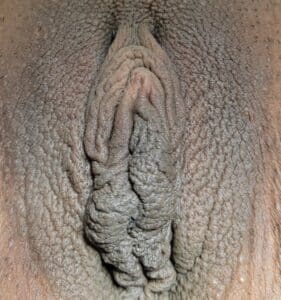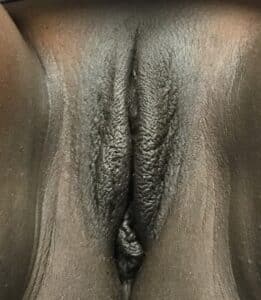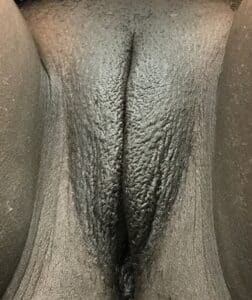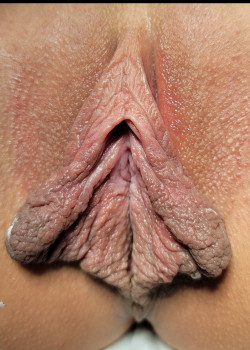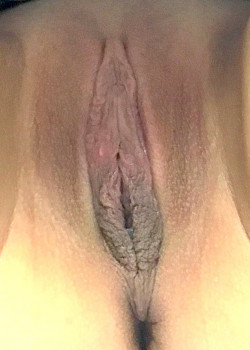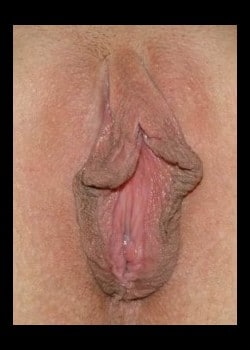
Before
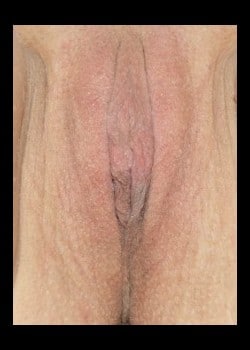
After
Description: Labiaplasty and vaginoplasty before and after pictures-central wedge technique
Case Details
This 35 year old woman from Cleveland, Ohio came to Dr. Medalie’s office in Beechwood, Ohio desiring a vaginal rejuvenation consisting of labia minora reduction (labiaplasty) and vaginoplasty (tightening of the vaginal introitus). She was unhappy both with the feel and the look of her labia minora and also felt that her vaginal tightness was diminished after having two children and an episiotomy. She underwent the combined surgery at Dr. Medalie’s east side surgery center in an outpatient setting. She is very happy with the labia reduction and improved vaginal tightness.
What Is A Labiaplasty?
The term labiaplasty refers to a procedure that reduces the length of the labia minora. It is the most commonly performed vaginal rejuvenation procedure and it can relieve symptoms women experience from twisting and tugging of the labia.
Reasons Patients Want A Labiaplasty
Women opt for surgery for a variety of reasons, including pain from twisting and tugging of the labia when riding a bike or during intercourse, itching, irritation and self-consciousness.
What Does A Labiaplasty Do?
The goal of the procedure is to reduce the labia minora so that they don’t hang below the hair-bearing labia majora. A labiaplasty may be performed to reduce asymmetry when one is longer than the other, or, more commonly, to reduce the length of both labia so that the labia no longer twist, tug or fall out of a bathing suit.
Anesthesia For A Labiapasty
Labiaplasty is a procedure that can be done under either local anesthesia with oral sedation or under general anesthesia.
Labiaplasty Procedure
The most common type of labiaplasty performed by Dr. Medalie is the wedge procedure, which maintains a natural border after a pie-shaped piece of tissue has been removed. Extra folds of the clitoral hood can also be reduced at the same time. Closure is usually done with absorbable sutures.
What Are The Risks Of A Labiaplasty?
The risks associated with labiaplasty include those of most surgical procedures, including bleeding, hematoma and infection. Sometimes a stitch may break resulting in a small hole or notch that can be revised electively. Over-resection can be a complication of the trim procedure so that is why Dr. Medalie prefers the wedge method.
Recovering From A Labiaplasty
Most patients take a week off from work, during which they can reduce swelling and pain by icing with a cold pack sandwiched between the patient’s underpants and an elastic garment, like Spanx. This can be done “twenty minutes on, twenty minutes off.” The patient can also lie with her bottom elevated to reduce swelling.
Patients can resume wearing tampons or having intercourse after four to six weeks.
While the most distorting swelling is gone by 6 weeks, residual swelling may take 4-6 months to disappear.
What Are The Results Of A Labiaplasty?
Labiaplasty typically results in shorter labia that no longer hang down below the level of the hair-bearing labia majora. Most patients who experienced symptoms from twisting and tugging of their labia generally find relief after surgery. According to multiple studies, labiaplasty surgery is associated with a high satisfaction rate of over 90 percent.
